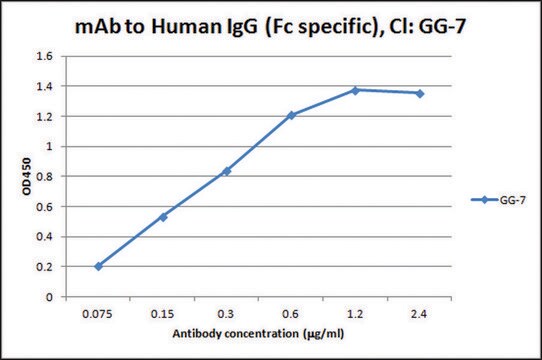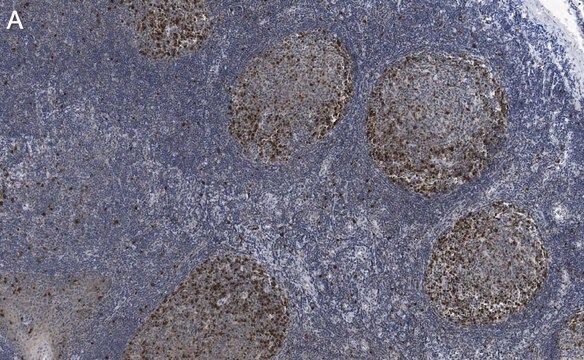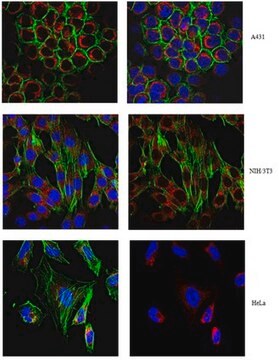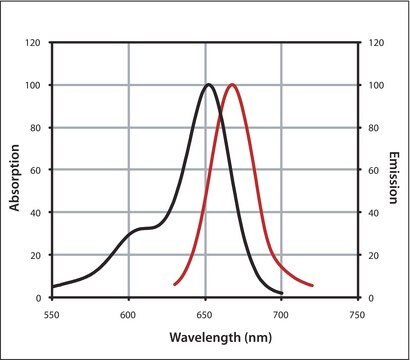SRP6437
CD55/DAF human
recombinant, expressed in HEK 293 cells, ≥95% (SDS-PAGE)
Sinónimos:
CR, CROM, TC
About This Item
Productos recomendados
origen biológico
human
recombinante
expressed in HEK 293 cells
etiqueta
6-His tagged (C-terminus)
Ensayo
≥95% (SDS-PAGE)
Formulario
lyophilized
mol peso
calculated mol wt 35.8 kDa
observed mol wt 50-65 kDa (DTT-reduced. Protein migrates due to glycosylation. Asp 35 is the predicted N-terminal.)
envase
pkg of 10 μg
pkg of 50 μg
Nº de acceso UniProt
Condiciones de envío
wet ice
temp. de almacenamiento
−20°C
Información sobre el gen
human ... CD55(1604)
Descripción general
Acciones bioquímicas o fisiológicas
Forma física
Reconstitución
Código de clase de almacenamiento
11 - Combustible Solids
Clase de riesgo para el agua (WGK)
WGK 3
Punto de inflamabilidad (°F)
Not applicable
Punto de inflamabilidad (°C)
Not applicable
Elija entre una de las versiones más recientes:
Certificados de análisis (COA)
Lo sentimos, en este momento no disponemos de COAs para este producto en línea.
Si necesita más asistencia, póngase en contacto con Atención al cliente
¿Ya tiene este producto?
Encuentre la documentación para los productos que ha comprado recientemente en la Biblioteca de documentos.
Nuestro equipo de científicos tiene experiencia en todas las áreas de investigación: Ciencias de la vida, Ciencia de los materiales, Síntesis química, Cromatografía, Analítica y muchas otras.
Póngase en contacto con el Servicio técnico







